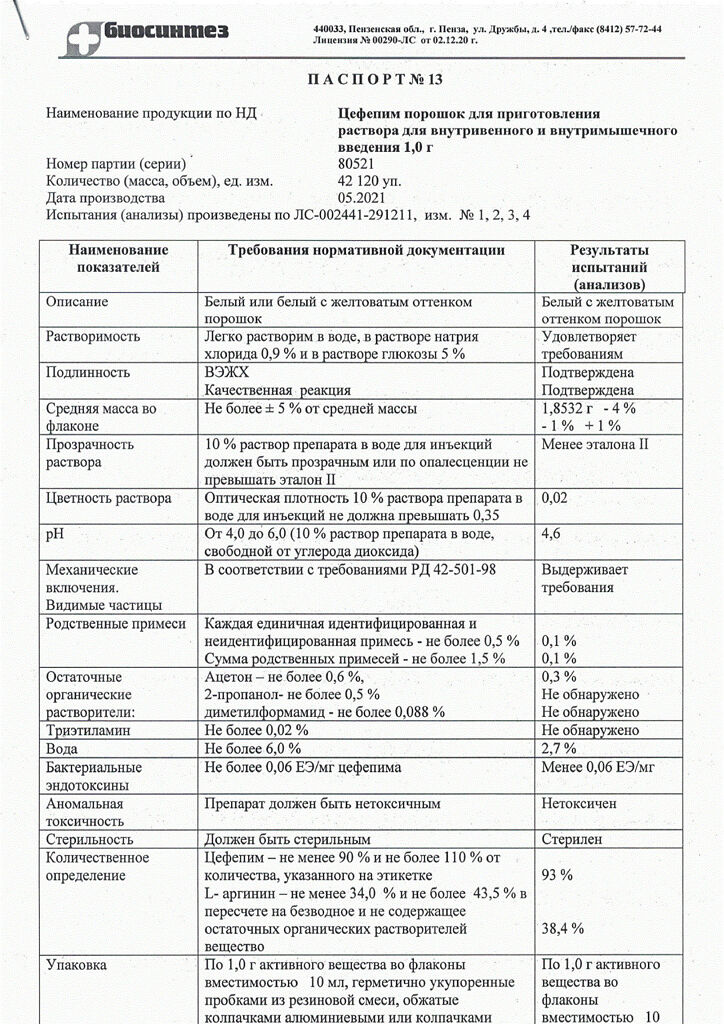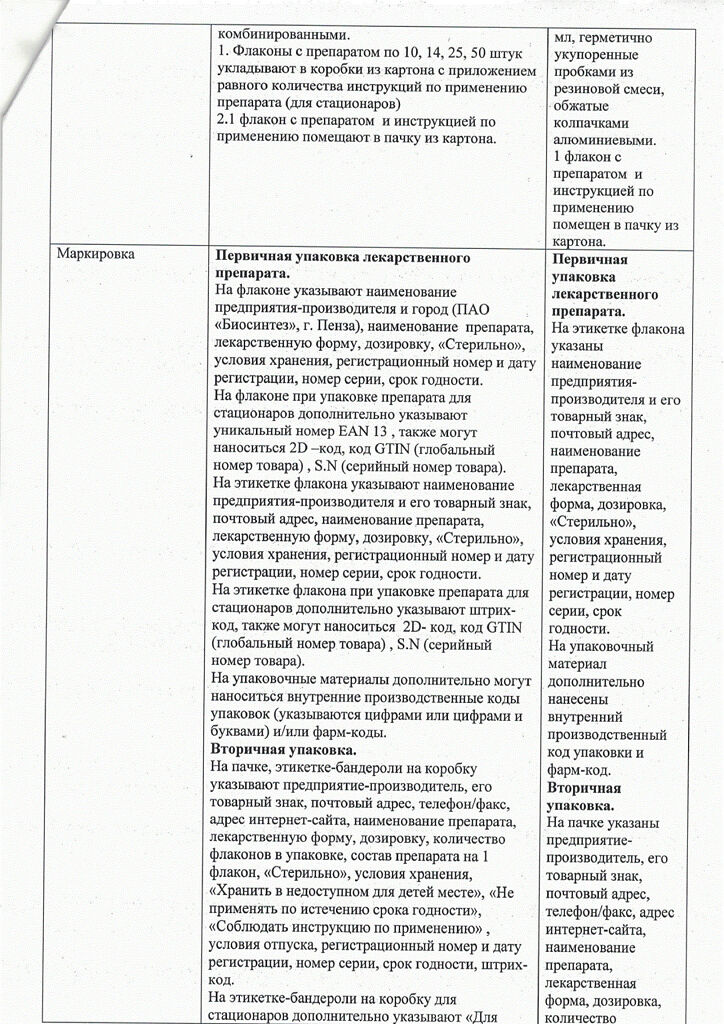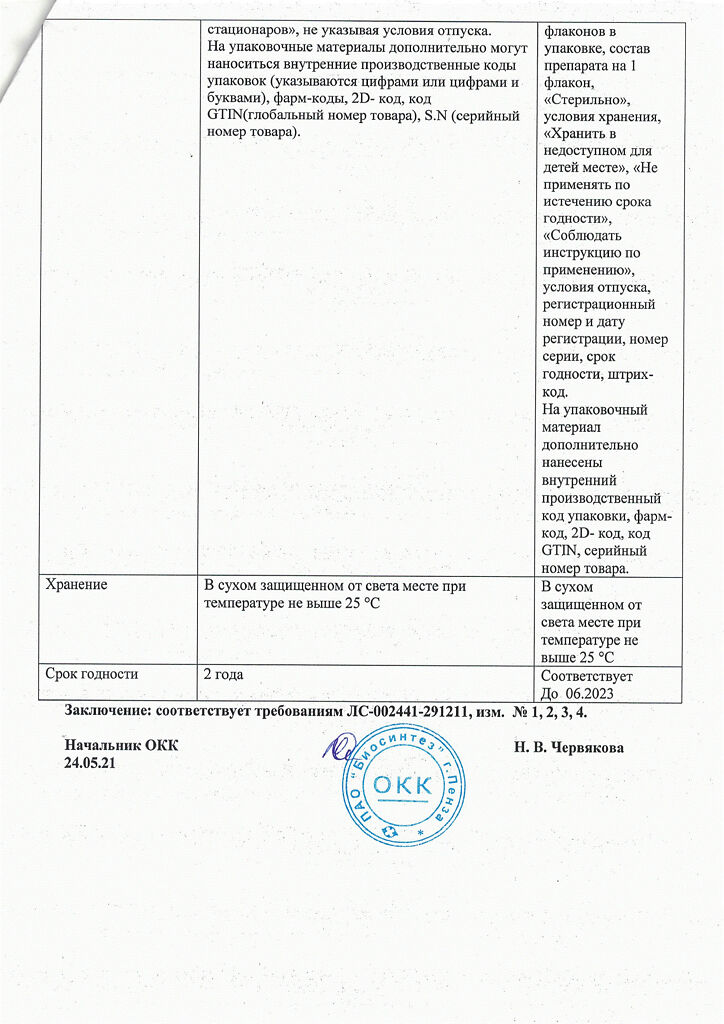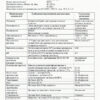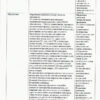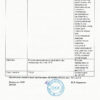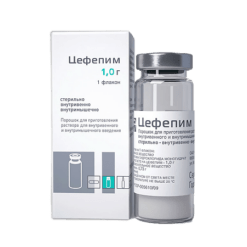No products in the cart.
Cefepim, 1 g
€1.00
Out of stock
(E-mail when Stock is available)
Description
Cefepim is an antibacterial agent of the IV generation of cephalosporins. It acts bactericidally by disrupting synthesis of the cell wall of microorganisms. It has a wide spectrum of action against Gram-positive and Gram-negative bacteria, strains resistant to aminoglycosides and/or 3rd generation cephalosporin antibiotics. Highly resistant to hydrolysis of most beta-lactamases and quickly penetrates into Gram-negative bacterial cells. Penicillin-binding proteins are the molecular target inside the bacterial cell.
It is active in vivo and in vitro against Gram-positive aerobes: Staphylococcus aureus (only methicillin-sensitive strains), Streptococcus pneumoniae, Streptococcus pyogenes (group A), Streptococcus viridans; Gram-negative aerobes: Enterobacter spp., Escherichia coli, Klebsiella pneumoniae, Proteus mirabilis, Pseudomonas aeruginosa. In vitro active against Gram-positive aerobes: Staphylococcus epidermidis (only methicillin-sensitive strains), Staphylococcus saprophyticus, Streptococcus agalactiae (group B); Gram-negative aerobes: Acinetobacter lwoffii, Citrobacter diversus, Citrobacter freundii, Enterobacter agglomerans, Haemophilus influenzae (including beta-lactamase-producing strains), Hafnia alvei, Klebsiella oxytoca, Moraxella catarrhalis (including beta-lactamase-producing strains), Morganella morganii, Proteus vulgaris, Providencia rettgeri, Providencia stuartii, Serratia marcescens. Most strains of Enterococcus, including Enterococcus faecalis, methicillin-resistant staphylococci, Stenotrophomonas maltophilia (formerly known as Xanthomonas maltophilia), Clostridium difficile are not sensitive to cefepime.
Pharmacokinetics
The bioavailability is 100%. Time of reaching maximum concentration (TCmax) after intravenous and intramuscular administration at a dose of 0.5 g is by the end of infusion and 1-2 hours, respectively. Maximal concentration (Cmax) in intramuscular administration in doses of 0.5, 1 and 2 g – 14, 30 and 57 mcg/ml, respectively; in intravenous administration in doses of 0.25, 0.5, 1 and 2 g – 18, 39, 82 and 164 mcg/ml, respectively; time of achieving average therapeutic concentration in plasma – 12 hours; average therapeutic concentration in intramuscular administration – 0.2 mcg/ml, in intravenous – 0.7 mcg/ml.
High concentrations are detected in urine, bile, peritoneal fluid, blister exudate, bronchial mucous secretion, sputum, prostate, appendix and gallbladder. The volume of distribution is 0.25 l/kg, in children from 2 months to 16 years – 0.33 l/kg. Binding with plasma proteins is 20%. Metabolized in the liver and kidneys by 15%.
Half-life (T1/2) is 2 hours, total clearance – 120 ml/minute, renal clearance – 110 ml/minute. It is excreted by the kidneys (by glomerular filtration in unchanged form – 85%), with breast milk. T1/2 in hemodialysis is 13 hours, in continuous peritoneal dialysis – 19 hours.
Indications
Indications
Infectious and inflammatory diseases caused by microorganisms sensitive to the drug.
Pneumonia (moderate to severe) caused by Streptococcus pneumoniae (including cases of association with concomitant bacteremia), Pseudomonas aeruginosa, Klebsiella pneumoniae or Enterobacter spp..
Febrile neutropenia (empirical therapy).
Complicated and uncomplicated urinary tract infections (including pyelonephritis) caused by Escherichia coli, Klebsiella pneumoniae, Proteus mirabilis.
Uncomplicated skin and soft tissue infections caused by Staphylococcus aureus (only methicillin-sensitive strains), Streptococcus pyogenes.
Complicated intra-abdominal infections (in combination with metronidazole) caused by Escherichia coli, Klebsiella pneumoniae, Pseudomonas aeruginosa, Enterobacter spp., Bacteroides fragilis.
Prevention of infections during abdominal surgery.
Pharmacological effect
Pharmacological effect
Cefepime is an antibacterial agent from the group of IV generation cephalosporins. It acts bactericidal, disrupting the synthesis of the cell wall of microorganisms. It has a wide spectrum of action against gram-positive and gram-negative bacteria, strains resistant to aminoglycosides and/or third generation cephalosporin antibiotics. Highly resistant to hydrolysis by most beta-lactamases and quickly penetrates gram-negative bacterial cells. Inside the bacterial cell, the molecular target is penicillin-binding proteins.
Active in vivo and in vitro against gram-positive aerobes: Staphylococcus aureus (only methicillin-sensitive strains), Streptococcus pneumoniae, Streptococcus pyogenes (group A), Streptococcus viridans; gram-negative aerobes: Enterobacter spp., Escherichia coli, Klebsiella pneumoniae, Proteus mirabilis, Pseudomonas aeruginosa. In vitro active against gram-positive aerobes: Staphylococcus epidermidis (only methicillin-sensitive strains), Staphylococcus saprophyticus, Streptococcus agalactiae (group B); gram-negative aerobes: Acinetobacter lwoffii, Citrobacter diversus, Citrobacter freundii, Enterobacter agglomerans, Haemophilus influenzae (including strains producing beta-lactamase), Hafnia alvei, Klebsiella oxytoca, Moraxella catarrhalis (including strains producing beta-lactamase), Morganella morganii, Proteus vulgaris, Providencia rettgeri, Providencia stuartii, Serratia marcescens. Most strains of Enterococcus, incl. Enterococcus faecalis, methicillin-resistant staphylococci, Stenotrophomonas maltophilia (formerly known as Xanthomonas maltophilia), Clostridium difficile are not sensitive to cefepime.
Pharmacokinetics
Bioavailability 100%. The time to reach maximum concentration (TCmax) after intravenous and intramuscular administration at a dose of 0.5 g is at the end of the infusion and 1-2 hours, respectively. The maximum concentration (Cmax) for intramuscular administration in doses of 0.5, 1 and 2 g is 14, 30 and 57 μg/ml, respectively; when administered intravenously in doses of 0.25, 0.5, 1 and 2 g – 18, 39, 82 and 164 mcg/ml, respectively; time to achieve average therapeutic concentration in plasma – 12 hours; the average therapeutic concentration for intramuscular administration is 0.2 µg/ml, for intravenous administration – 0.7 µg/ml.
High concentrations are determined in urine, bile, peritoneal fluid, blister exudate, bronchial mucous secretion, sputum, prostate gland, appendix and gall bladder. Volume of distribution – 0.25 l/kg, in children from 2 months to 16 years – 0.33 l/kg. Communication with plasma proteins – 20%. Metabolized in the liver and kidneys by 15%.
Half-life (T1/2) is 2 hours, total clearance is 120 ml/minute, renal clearance is 110 ml/minute. Excreted by the kidneys (through glomerular filtration unchanged – 85%), with breast milk. T1/2 with hemodialysis – 13 hours, with continuous peritoneal dialysis – 19 hours.
Special instructions
Special instructions
Pseudomembranous colitis may occur with the use of cefepime. Therefore, it is important to keep this diagnosis in mind if diarrhea occurs during treatment with the drug. Mild forms of colitis do not require special treatment; it is enough to stop administering the drug; moderate or severe cases may require special treatment.
Cross-hypersensitivity is possible in patients with allergic reactions to penicillins.
In case of combined severe renal and liver failure, the concentration of the drug in plasma should be regularly determined (dose adjustment is carried out depending on creatinine clearance).
With long-term treatment, regular monitoring of peripheral blood, indicators of the functional state of the liver and kidneys is necessary.
In case of mixed aerobic-anaerobic infection, before identifying the pathogens, a combination with drugs active against anaerobes is advisable. Patients in whom meningeal dissemination occurs from a distant site of infection, meningitis is suspected, or the diagnosis of meningitis is confirmed, should be prescribed an alternative antibiotic with proven clinical effectiveness for this situation.
Possible detection of a positive Coombs test, a false positive test for glucose in urine.
Active ingredient
Active ingredient
Cefepime
Composition
Composition
1 bottle contains:
active ingredient:
cefepime hydrochloride 1 g.
Pregnancy
Pregnancy
During pregnancy, it is used only if the expected benefit to the mother outweighs the potential risk to the fetus. During treatment with the drug during lactation, breastfeeding should be discontinued.
Contraindications
Contraindications
Hypersensitivity to the components that make up the drug Cefepime (including cephalosporin antibiotics, penicillins and other beta-lactam antibiotics);
children up to 2 months of age (for intravenous administration) (safety and effectiveness in children under 2 months have not been established);
children under 12 years of age (for intramuscular route of administration).
Side Effects
Side Effects
Allergic reactions: skin rash (including erythematous rashes), itching, fever, anaphylactoid reactions, eosinophilia, exudative erythema multiforme (including Stevens-Johnson syndrome), rarely – toxic epidermal necrolysis (Lyell’s syndrome).
From the nervous system: headache, dizziness, insomnia, paresthesia, anxiety, confusion, convulsions, encephalopathy (in the absence of dose adjustment in patients with impaired renal function).
From the genitourinary system: vaginitis.
From the urinary system: impaired renal function.
From the gastrointestinal tract: diarrhea, nausea, vomiting, constipation or diarrhea, abdominal pain, dyspepsia, pseudomembranous colitis.
From the hematopoietic organs: anemia, thrombocytopenia, leukopenia, neutropenia, pancytopenia, hemolytic anemia, bleeding.
From the respiratory system: cough, chest pain.
From the cardiovascular system: tachycardia, shortness of breath, peripheral edema.
Laboratory indicators: decreased hematocrit, increased prothrombin time, increased urea concentration, hypercreatininemia, hypercalcemia, increased activity of liver transaminases and alkaline phosphatase, hyperbilirubinemia, positive Coombs test (without hemolysis).
Local reactions: with intravenous administration – phlebitis, with intramuscular administration – hyperemia and pain at the injection site.
Other: sore throat, thoracalgia, increased sweating, back pain, asthenia, development of superinfection, oropharyngeal candidiasis.
Interaction
Interaction
Pharmaceutically incompatible with other antimicrobial drugs and heparin.
Diuretics, aminoglycosides, polymyxin B reduce the tubular secretion of cefepime and increase its concentration in the blood serum, prolong T1/2, and increase nephrotoxicity (increases the risk of developing nephronecrosis). Cefepime increases the ototoxicity of aminoglycosides.
Non-steroidal anti-inflammatory drugs, by slowing down the elimination of cephalosporins, increase the risk of bleeding. When administered simultaneously with bactericidal antibiotics (aminoglycosides), synergism appears, and with bacteriostatic ones (macrolides, chloramphenicol, tetracyclines) – antagonism.
Incompatible with metronidazole solution (before administering metronidazole solution to prevent infections during surgical interventions, the infusion system should be flushed of cefepime solution). To avoid possible drug interactions with other drugs, solutions of cefepime (like most other beta-lactam antibiotics) should not be administered simultaneously with solutions of vancomycin, gentamicin, tobramycin, netilmicin. When prescribing cefepime with these drugs, each antibiotic should be administered separately.
Overdose
Overdose
Symptoms (more often occur in patients with chronic renal failure): convulsions, encephalopathy, neuromuscular agitation.
Treatment: hemodialysis and maintenance therapy.
Storage conditions
Storage conditions
In a dry place, protected from light, at a temperature not exceeding 25 °C
Shelf life
Shelf life
2 years
Manufacturer
Manufacturer
Biosynthesis, Russia
Additional information
| Shelf life | 2 years |
|---|---|
| Conditions of storage | In a dry, light-protected place at a temperature not exceeding 25 °C |
| Manufacturer | Biosintez, Russia |
| Medication form | Powder for preparation of solution |
| Brand | Biosintez |
Other forms…
Related products
Buy Cefepim, 1 g with delivery to USA, UK, Europe and over 120 other countries.


